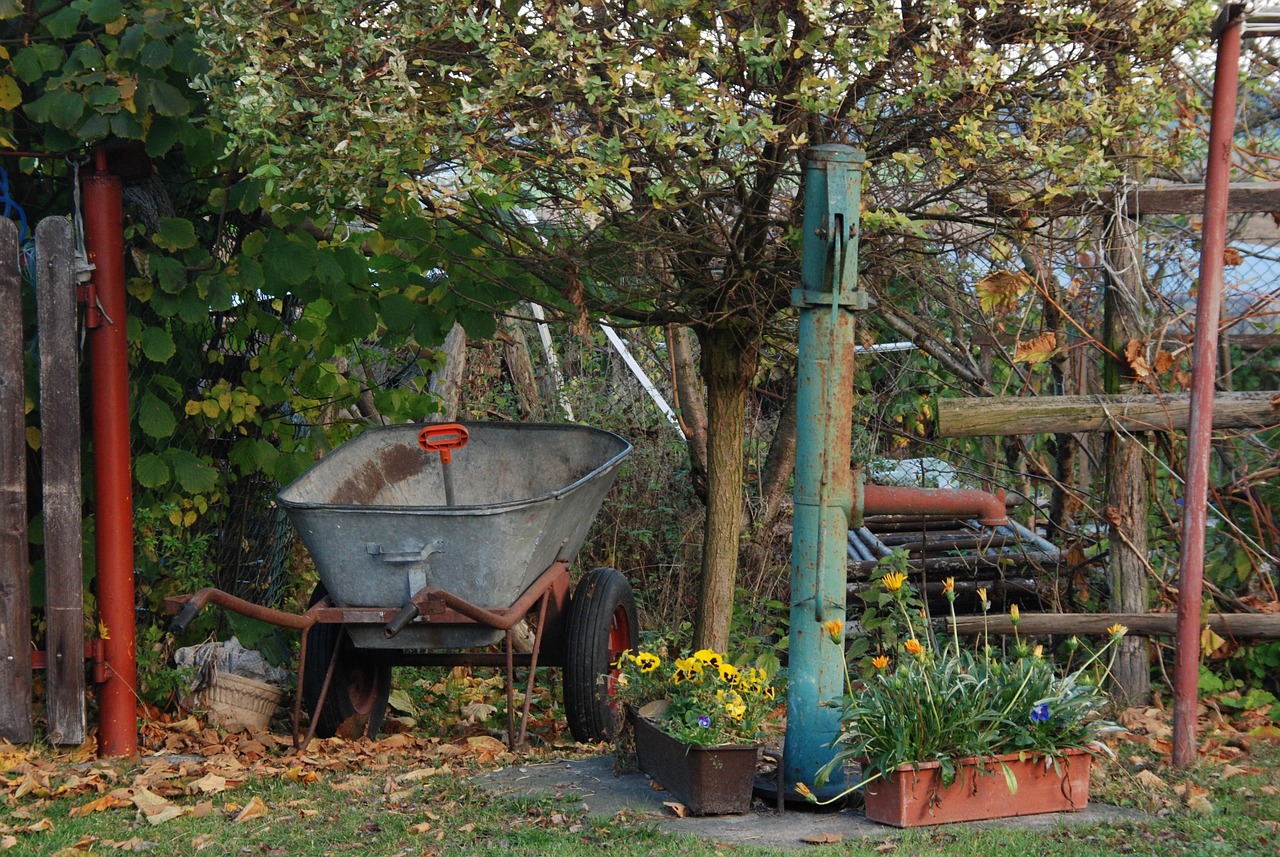So you created a garden last season and want to reap the benefits from it again this season. How do you prepare it for your spring, summer, and fall blooms? Here are some spring gardening tips for beginners that will help produce a thriving environment for not only last year’s flowers but also for this year’s plantings. After cleaning up your area you may wish to plant some annuals or replace dead perennials with new. However, do not clean up too soon!
(Some of the links within this post are affiliate links on which I receive a small compensation from the sale of certain items.)
(As an Amazon Associate I earn from qualifying purchases.)
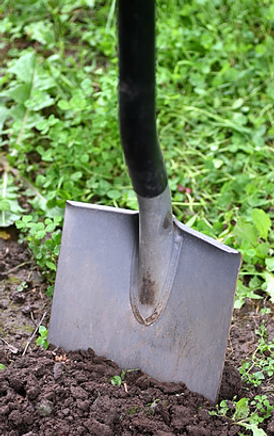
Beware! Do Not Clean Up Too Soon!
At the first warm day in spring every gardener is itching to get their hands dirty. But please hold off. Wait at least 2 or 3 more weeks until the temperatures are constantly in the 50’s. Many pollinators emerge from the ground during these critical weeks. Some pollinator bees burrow in the ground during winter and will not appear until there is a constant warming of the air. The butterfly chrysalises are still attached to last seasons dead stems and will produce beautiful butterflies if given time. If you rake and remove dried leaves and twigs from the ground too soon, you may be killing off valuable pollinators. For more insight on when to start your spring cleanup, click here.
NOW! First Things First – The Nasty Part
It’s easy to maintain your yard and rid it of trash and other unwanted articles. However, the wind, neighbors, and feline, canine, and other critters may deposit undesirable items in your garden. The first thing to do is to remove any litter and animal feces from your garden. Do not compost the animal waste because it could harbor infectious bacteria which could permeate the organic matter.
Use heavy duty gloves when touching the items and be sure to dispose of the items in an appropriate place.
Rake Leaves and Remove or Break Up Mulch
Leaves and added mulch from the previous year helped keep the plants protected from a harsh winter. They sheathed the roots of the plants from temperature extremes and sheltered them from ice and snow. It was like a nice, warm, comfy blanket.
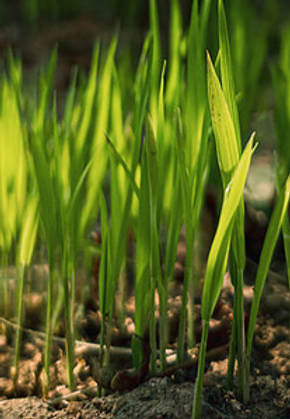
However, once late winter and early spring set in, the plants come alive after their long winter’s nap and want to push through unblocked soil. Therefore, it’s important to clear away fallen leaves from the roots of the perennials and also brush away leaves on top of any plants. In addition to the leaves, break up any mulch that has clumped and hardened.
It’s easy to break up the chunks of the mulch with a hard metal rake or tip of a spade shovel. If you have large chunks that are not easily fragmented then remove them from the garden. In my neighborhood we have pick-up for garden refuse every Wednesday. This is a good way to keep our landfills clean and healthy.
If you do not remove this debris, it will smother the plants and cause them to die.
The Ungrateful Dead-Spring Gardening Tips
Now is the time to remove any dead plants. You probably have the remains of annuals from the previous year along with the dead leaves and stalks of perennials. It should be easy to pull the annuals out. However, be careful when pulling out the dead stalks from perennials. You may pull out the entire plant. Usually the stalks will easily break off. If they do not, use hand clippers to cut them low to the ground.
(As an Amazon Associate I earn from qualifying purchases.)
If you had not cut back long grasses last fall it is now time to trim them back to about three to four inches. Since the leaves are very thin, it’s best to use scissors to cut them. If you have an abundance of ornamental grasses use an electric hedge shearer to make the job easier. Purchase Workpro Cordless Grass Sheer and Shrubbery Trimmer from Amazon.
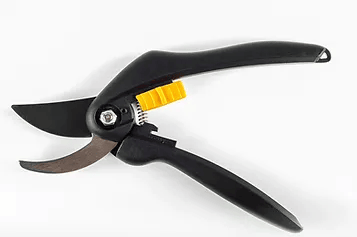
Lastly, pull out any weeds that have popped up in your garden. They are not dead but they are unsightly!
Adding Compost and Mulch
Once the gardens are properly prepared and the temperatures are consistently warm, work in some compost and mulch around your perennials. Compost is a natural slow releasing fertilizer.
If you would like some guidance on preparing the soil, refer to my previous post Preparing Soil For the Garden.
Add two to three inches of mulch to your garden. Mulch is either organic or inorganic.
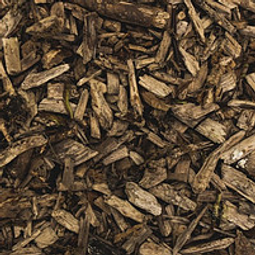
- Organic Mulch: Any plant byproduct that decomposes over time.
- Inorganic Mulch: A product that does not decompose over time.
Benefits and Detriments of Organic Mulch - Improves the fertility of the soil
- Aerates (adding air) the soil
- Is easier to handle and conform to your garden
- Detriment – need to apply every year
Benefits and Detriments of Inorganic Mulch
- Does not need to be replaced every year, if ever
- Absorbs the early season sun which helps warm up roots and trick plants into growing sooner
- Detriment – since it warms up the soil, it may kill plants due to excessive heat in the summer; must water plants more frequently
Examples of Organic Mulch
- leaves
- grass clippings
- pine needles
- cardboard
- hardwood and softwood chips
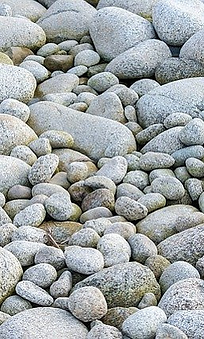
Examples of Inorganic Mulch
- river rock
- stone chips
- pulverized rubber
- landscape fabric
Personally, I prefer organic mulch that I buy from the store. The all-natural triple shredded variety which is not dyed to either red or black is most beneficial. It adds nutrients to the soil.
The dyed mulch adds chemicals to the soil over time and the black color will absorb the heat from the sun possibly damaging or killing the plants.
It’s Pruning Time
Late winter/early spring is the best time to prune most shrubs and perennials.
Shrubs
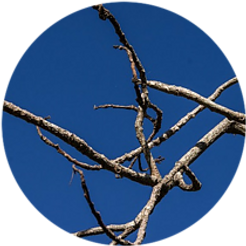
Cut the dead wood from shrubs. You know it is dead by first bending the stem. If it is pliable (easily bendable without snapping) it is alive, if it snaps, it is dead. Sometimes different areas on the stem maybe be dead and alive.
You can tell the difference by looking inside the stem. If it is brown where you trim, it is dead. If where you trim it is green, it is alive. The dead can be removed at any time. If you want to trim the shrub down, with sharp cutting shears cut the stem on a 45 degree angle about a half inch above a joint.
In other words above where a stem or branch branches off from another stem or branch. This is called the node.
You MUST be careful as to when you prune shrubs.
Late blooming shrub
Prune in the late winter or early spring. The flowers for the season form on the new growth so there is no fear of cutting off any blooms. Some examples would be rose of Sharon and rose bushes.
Early blooming shrub
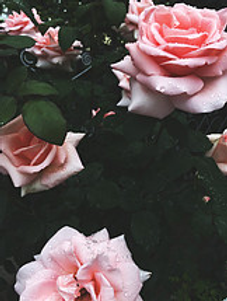
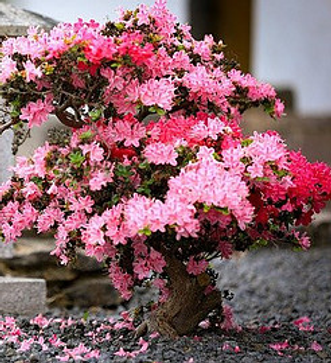
Prune or trim the bush right after the blooms have died. Examples of this are azaleas and rhododendrons.
Perennials
You don’t need to prune perennials but you may need to divide them. This is a process where you separate them into portions and plant the portions in a different area. This aerates the plant and breaks up large groupings of the plant. Take a spade shovel and dig straight down through the plant, then remove a portion including the roots. Plant in fertile soil.
Like bushes, you have to divide the perennials at certain times.
If the perennials bloom in early spring, divide them after they bloom.
If the perennials bloom later in the season, divide them as soon as they emerge from the soil.
Finally I’m Done!!-Not Quite
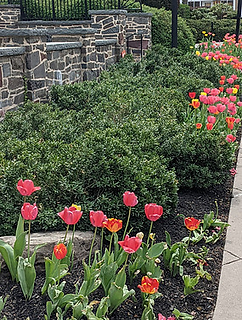
Not quite. Now is the time to edge your garden using a spade or flat edged shovel. You want to do this after a soaking rain to make it easier. Edging creates a smooth clean line and border between your garden and lawn. It looks more manicured and professional.
Now you’re done. It’s time to reap the benefits of all your hard work. I hope you enjoyed these spring gardening tips for beginners and learned a little something along the way. If you have any comments or questions, please feel free to comment below.

